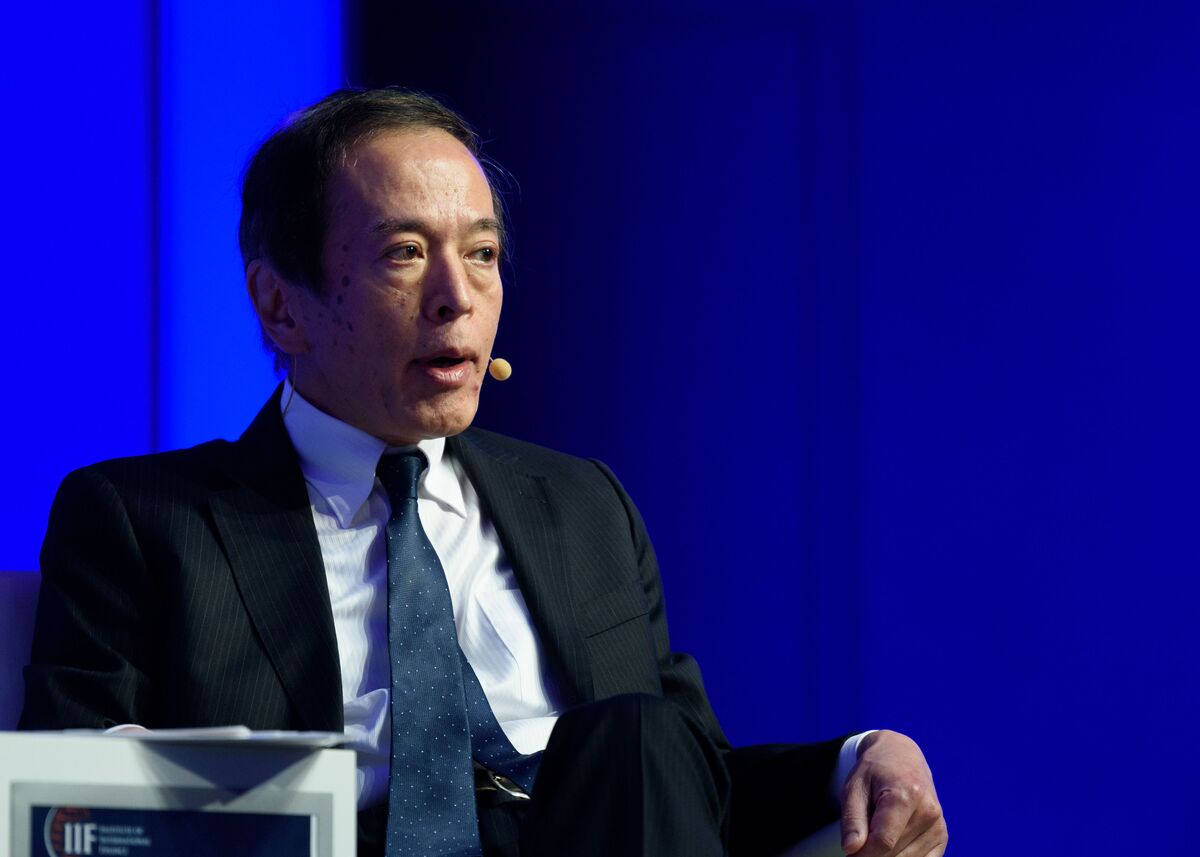BoJ’s phobia of tightening policy
While the BoJ has an apparent phobia of tightening policy, the Fed’s phobia seems to lie in the other direction.

Mr. Kazuo Ueda, BoJ Governor
>> Could the new BoJ governor reverse the fall in the yen?
The Bank of Japan has been in easing mode for so long it seems to have forgotten how to tighten. But the question is whether those that have been tightening, like the Fed, have forgotten how to cut, or even pause.
The Bank of Japan did announce some changes. It dropped prior references to the fact that it expects short and long-term rates to stay at their present, or lower levels, but that’s largely because it had included such comments to recognise the difficulties created by the pandemic, and these difficulties have largely passed now. The Bank also announced a review of its policy that will take some 12-18 months to complete.
While we disagree with those in the market that think a significant change in policy cannot happen until this review has been produced, there’s little denying that the BoJ still seems wedded to easy policy even with a new governor in charge. Is there a danger that this marriage could end in an ugly divorce with the Bank underestimating inflationary pressure and so falling hopelessly behind the curve?
Mr. Steve Barrow, Head of Standard Bank G10 Strategy does see dangers here, not least because the Bank seems to have put much of its faith in falling inflation down to the unwinding of some earlier impulses, such as mobile phone charges. He suspects that inflation is more likely to overshoot BoJ forecasts now, not undershoot. But even if that’s not the case, the Bank will wean itself off its ultra-easy policy before its monetary review hits the shelves. Tweaks to the yield curve control policy still seem likely, to give long-term yields more freedom to rise and that, in turn, could help brake the fall in the yen.
“What we have seen in Japan is an almost never-ending fall in the currency’s real trade-weighted index since the ultra-easy policy was adopted. If the policy were to be reversed dramatically, we would surely see the yen surge but even if modest tweaks are made, as we expect, we should expect some sort of recovery in the currency going forward”, said Mr. Steve Barrow.
While the BoJ has an apparent phobia of tightening policy, the Fed’s phobia seems to lie in the other direction as it continues to argue that rates won’t be cut this year in spite of the markets apparent insistence that they will. The difference here seems to lie in the fact that contemporaneous indicators, like the current inflation rate or the current unemployment rate seem to be the main focus of the Fed and these still seem too high (too low) to justify either stopping rate hikes now or contemplating cuts later in the year.
However, the market, as usual, is less interested in the contemporaneous data and more interested in the forward-looking numbers as these should tell us where things like inflation and the unemployment rate will go in the future and, right now, these forward-looking indicators seem to be heavily skewed towards suggesting lower inflation and higher unemployment. One problem, which the market may not appreciate sufficiently, is that the Fed’s 2020 review of monetary policy placed more emphasis on the contemporaneous than the future. This it did because in the low-inflation era it tended to hike rates based on forward-looking indications of higher inflation, only to find that the inflation never arrived and, as a result, inflation became stuck below the target and policy rates stuck near zero.
Of course, as luck would have it, as soon as the Fed switched to a more contemporaneous policy regime, inflation struck with a vengeance and then the Fed was left behind the curve. The question now is whether it goes back to the old ways of trying to predict where inflation will go and possibly lower rates this year, as the market expects. Or whether it sticks with a more contemporaneous approach that holds fire until inflation is at – or close to – target and the unemployment rate back above the full-employment level. In Mr. Steve Barrow’s view, the Fed will do the latter and the market will be disappointed.








